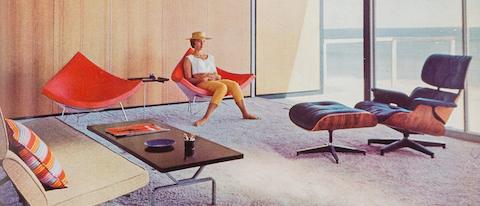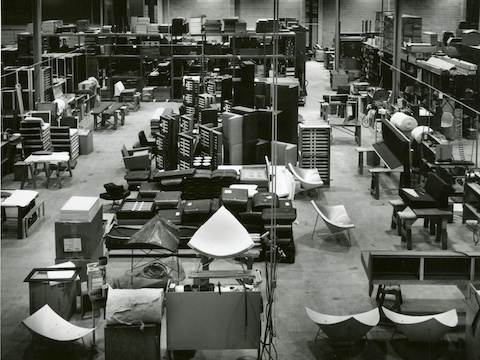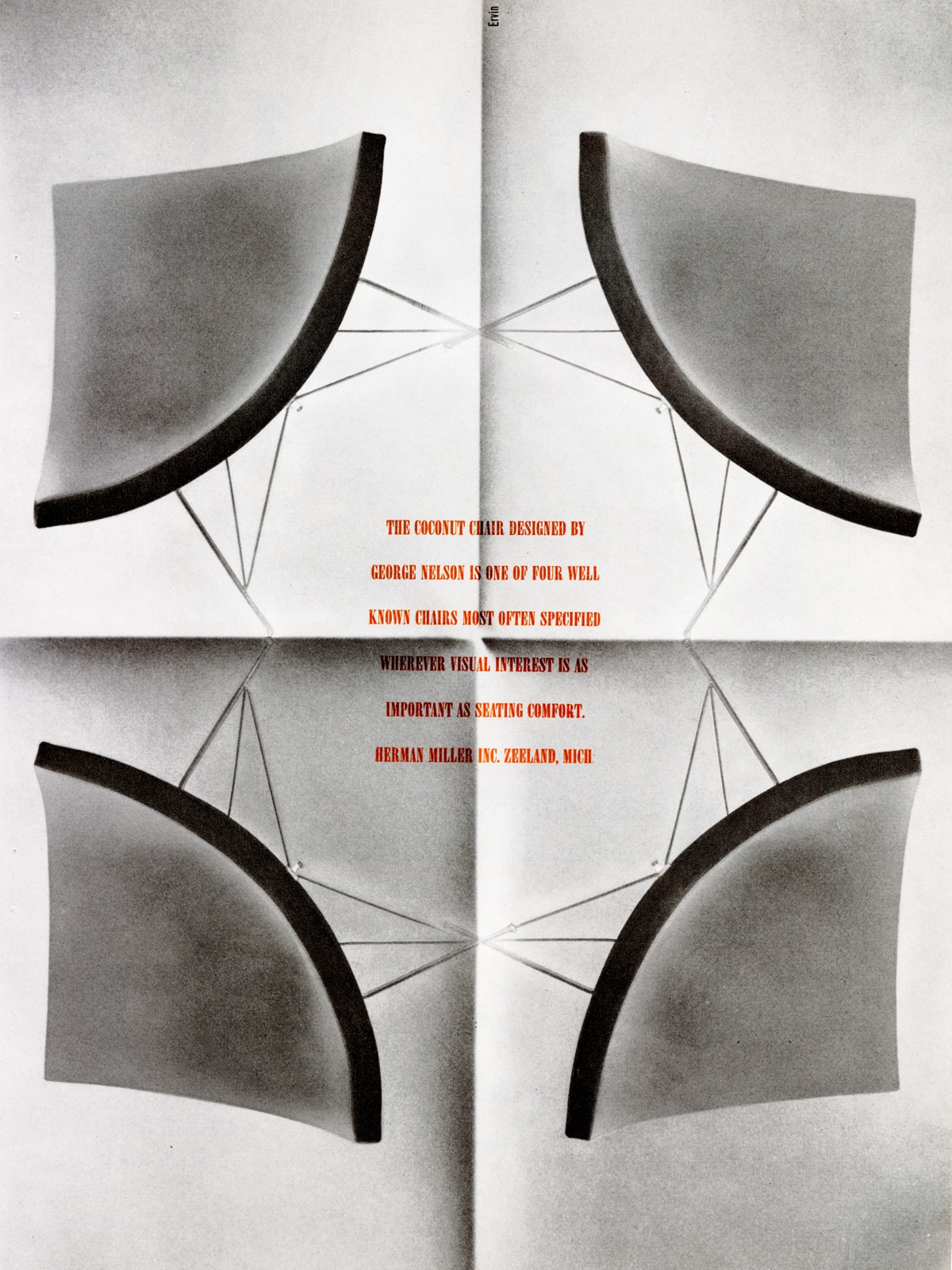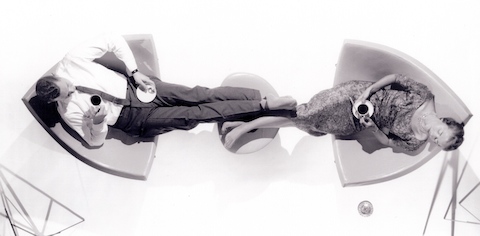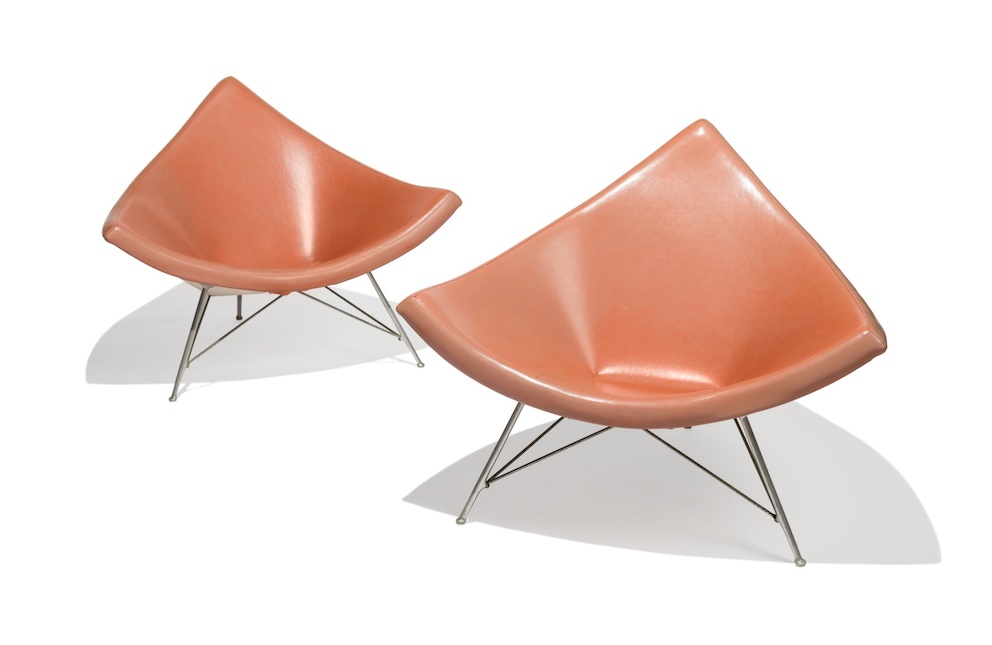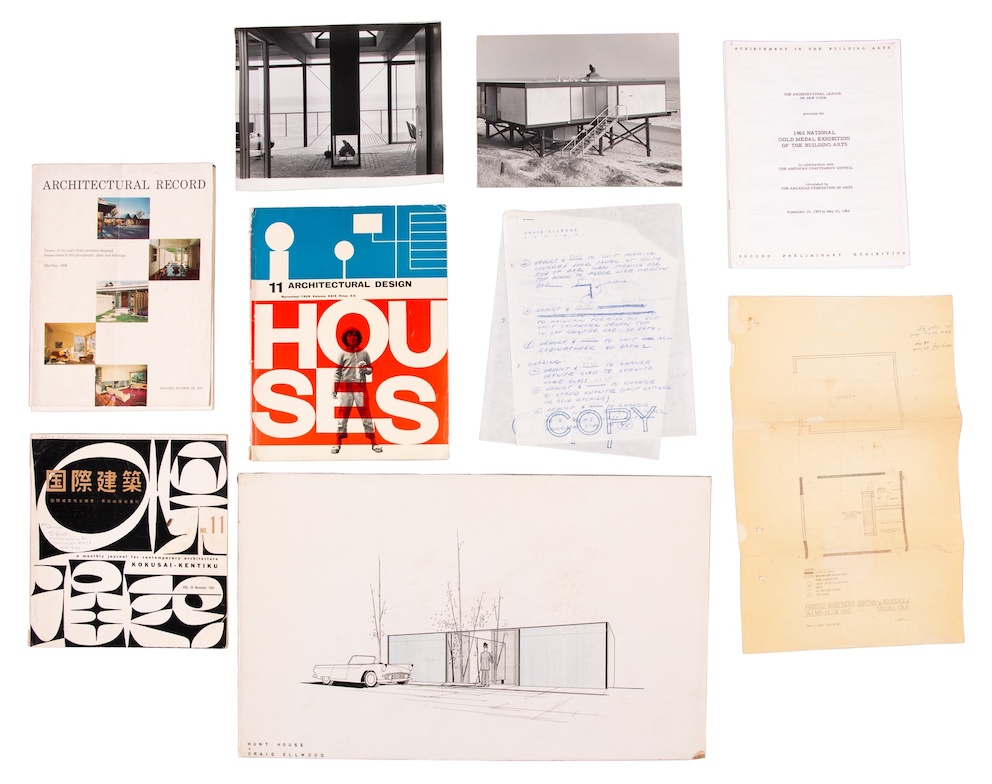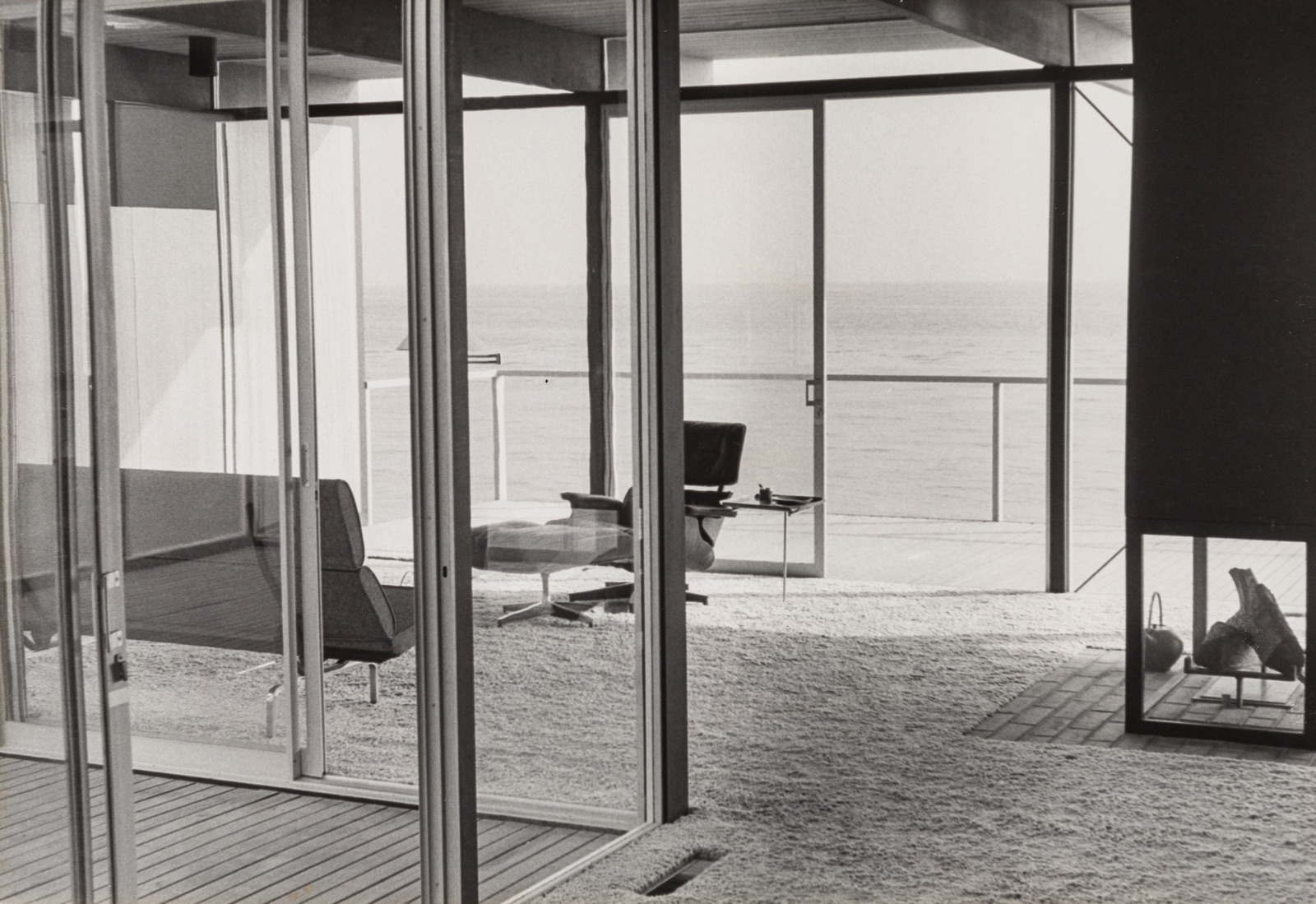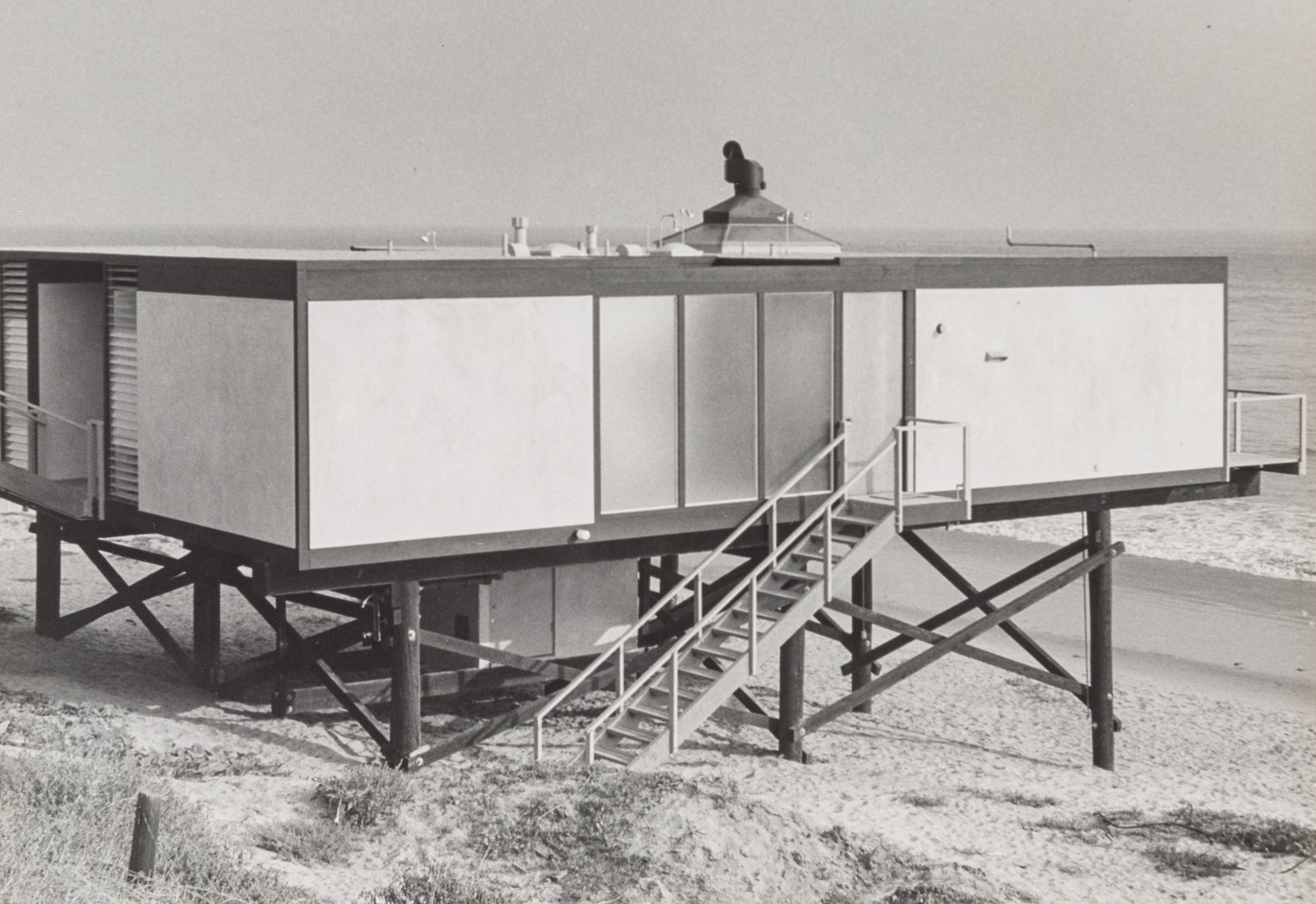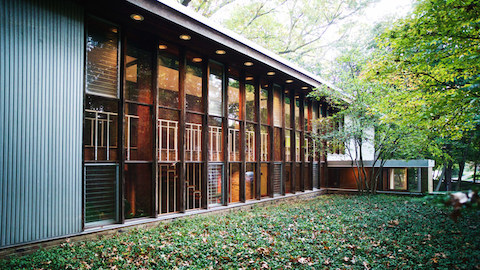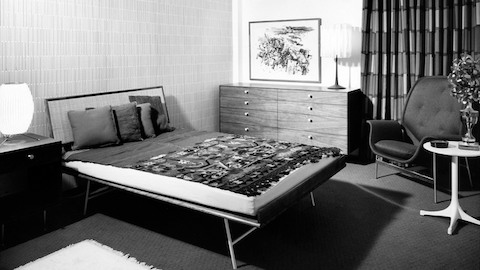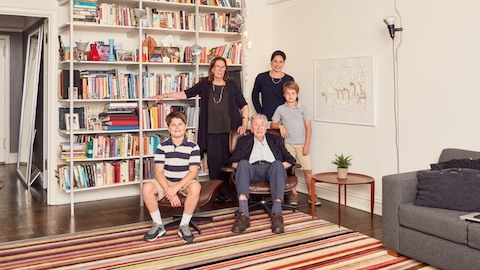Over the years, I’ve received many emails from curious people asking for any “receipts” in the Herman Miller Archives that help tell a story about the piece of George Nelson- or Eames-designed furniture they’ve picked up at auction, a garage sale, or in the back corner of an antique store. They want to know exactly where (usually Michigan) and when (mid-century, most likely) a piece was made, and how much it cost when it was introduced. Most of the time, I guide them to look for product markings to help them guess a DOB for their furniture and consult our pricelists, with a reminder to adjust the seemingly low price for inflation. Herman Miller just wasn’t keeping track of customer order data like that at the time these vintage pieces were produced. When I read Brent Lewis’ story about the Coconut Chairs and other Herman Miller deep cuts that lived in Craig Ellwood’s Hunt House, I was thrilled to see that literal receipts kept by the Hunts helped some Coconuts find their way back to their original beachside home in Malibu. With Herman Miller relaunching the original Nelson Office design in a new, more sustainable shell material and more extensive upholstery options, we're thrilled to share the story with WHY readers.
Amy Auscherman, Head of Archives and Brand Heritage at Herman Miller
A Discovery in Malibu
I’ve always liked George Nelson’s Coconut Chair. It’s a strange design, almost like the beginning of an origami fold. The story is that Nelson—or perhaps George Mulhauser, who worked in Nelson’s office and designed it—related its form to a chunk of coconut. It’s generous in proportion and comfortable, yet less ubiquitous than other iconic mid-century designs. In fact, it’s one of the very few chair designs that emerged from Nelson’s office, as prolific as they were.
Design work on the Coconut Chair wrapped up in 1955, and it went into production at Herman Miller the following year. It was a time of advancement for lounge seating and incidentally, must have been an exciting year at the Herman Miller offices. For at the same moment, they began production on Charles and Ray Eames’ iconic 670/671 lounge chair and ottoman—not to mention Nelson’s Marshmallow Sofa, which also made its debut in 1956.
Birth of the Cool
Just a few years earlier, Knoll acquired the production rights to Mies van der Rohe’s seminal Barcelona Chair. Where Barcelona is two flat planes, angled apart from each other, the Coconut seat is slightly curved and gracefully transitions into the backrest, which is gently folded inward. In that sense, it more closely relates to Eero Saarinen’s Womb Chair, which had already been in production by Knoll for nearly a decade. The Womb Chair certainly earns its place as one of the greatest MCM lounge chairs. But put it side by side with the Coconut Chair, and it’s like they come from completely different worlds. It certainly makes sense that the latter, with its sleek, three-legged, sensual lines, was so well received by a groovy, plugged-in creative set that was also hearing Miles Davis’ ’Round About Midnight for the first time.
Quite the Pair
The Coconut Chair could also come with an ottoman, and I have seen many nice sets over the years. That said, it’s a chair unburdened by the responsibility of one, unlike, in my view, the Eames 670/671. To see the Eames Lounge Chair without an ottoman seems almost unnatural—at once vulnerable and naked. Not so with Coconut, which sits proudly and quite comfortably alone. There are some chairs where one is enough, but the Coconut Chair is strong with a mate, which I attribute to the compositional effect provided by two in proximity to each other. As each ascends upward at the top of the backrest, negative space is created between them echoing the form of the chair itself. When photographed well, this has an enthralling effect.
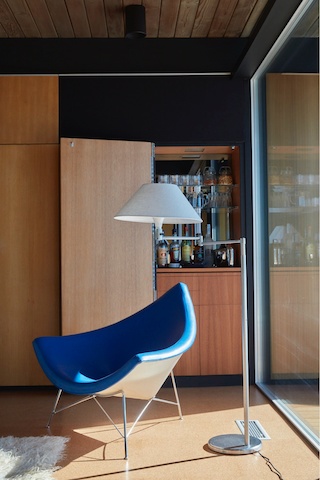
Coconut Lounge Chair in Craig Ellwood's Hunt House. Photograph by Aaron Limoges.
Simple, but Far from Plain
It’s worth considering that as far as chairs go, few are as simple as the Coconut. It really has the appearance of one fluid gesture, which aside from the angularity of the seat’s edges and legs, gives it a quite elegant overall appearance. If you study its form as if it were sculpture, you see how balanced it is. As one moves around the chair, it moves with you, always submitting its supple curvilinear shapes, while simultaneously confounding the organic quality with a geometric rigor. It’s really a perfect chair.
We’ve Got the Receipts
As this story goes, in the summer of 2018 I was emailed a pretty low-quality image of a Coconut Chair. I couldn’t make out much detail, save for the chair’s potentially interesting color, a kind of orange-pink. Perhaps my personal affinity for that design prompted me to respond right away, inviting the client to consign it to my upcoming design auction while spelling out estimates, terms, marketing, and logistics—an all-in, one-shot proposal for something based on a value of around $2,000. I really shouldn’t spend much time pursuing this, I thought at the time. I’m so glad that I did.
The reply days later was a single sentence: “Is that for the pair or just one chair?” I was confused and wondered if I had made a mistake. After going back over the original inquiry, I saw only one chair was shown. So I looked again and noticed there was an attachment. It was a scan of a sales receipt from the 1950s, which listed “2-Coconut Chairs - $445.” This is the beginning of the story, which is told in complete detail on the Design Miami website.
Origin Story
There are many things specialists can do to understand the authenticity and date of something that has been in production for many decades. There is provenance itself, and the personal stories owners or families can offer, which are compelling and always significant in providing context and color. And of course, there is the object itself, with labels, markings, construction methods, and patina. But nothing can take the place of pure documentation.
In this case, the invoice would also lead us to something even more interesting. While great design can be like a work of art, with value unto itself, to be placed in a great setting is a bit of icing on the cake. One reason is that everyone loves a good story; and the only thing people like more than hearing a good story is telling one. So to tell a fascinating story of an object, where it has been, in whose hands and so on, is a tempting prospect. In this case, the invoice would lead our journey back to one of the great modern houses by a great modern architect. It would also lead to a further sense of discovery when the images of the chairs in its original house were found. It’s the sprinkles on the icing on the cake.
But back to the invoice itself that kicked off this particular story ... As invoices go, it included all the usual details you’d find, including the name of the purchaser at the top: Craig Ellwood, one of the foremost proponents of mid-century modern architecture on America’s West Coast.
Intrigued? Continue reading on Design Miami.
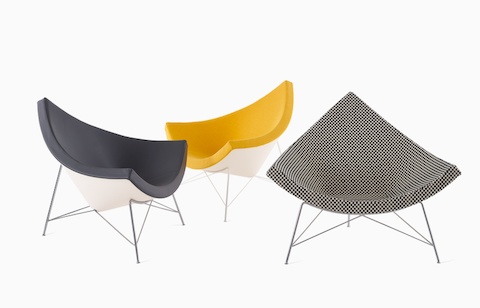
Get a Taste
Click through to learn how the Coconut Chair has been updated with new materials and expanded upholstery options.
